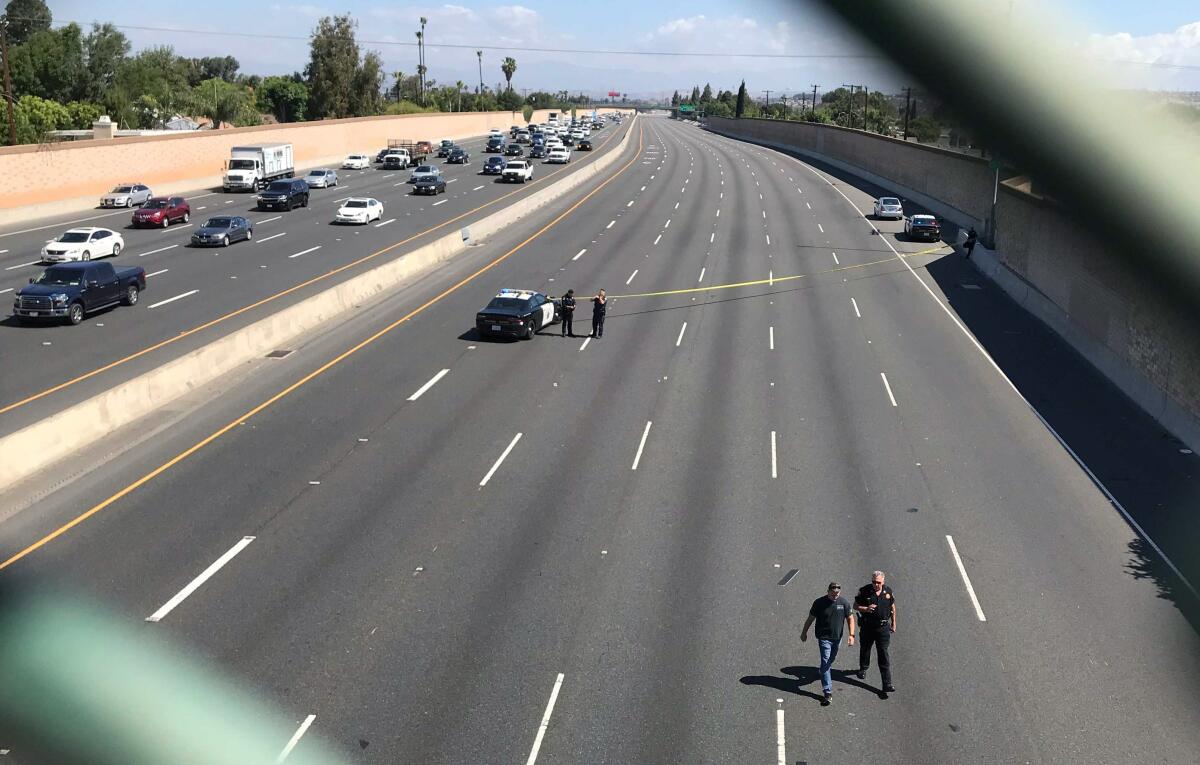Mailbag: Residential neighborhood not a good place for the EOC

In response to the Daily Pilot article of May 2, “Local leaders weigh in on state plan for Costa Mesa’s Fairview Developmental Center”: There is a way for the city to get all of the Fairview property for housing and amenities and, by so doing, take a big step toward meeting the state of California housing mandate the city must plan and zone for. The idea is to create a more appropriate industrial-type area for the state’s planned Emergency Operations Center (EOC) by capping a nearby portion of the 55 Freeway. The cap would be at grade level, and would be, in essence, a very wide version of the existing bridges over the freeway that connect east and west Costa Mesa.
The EOC’s planned helipad and 10-story lattice tower festooned with two-story whip antennas are not well-suited for a residential neighborhood like that planned for the Fairview property. So, it makes sense to site the EOC elsewhere in the city to forestall reasonable NIMBY political fights.
The state, in turn, could have quick freeway access and keep the components of its planned EOC together for optimal convenience in an emergency. Further, it would not have to compromise design because of adjacent residences.
Freeway capping has been around for some time. Other cities have capped portions of their freeways. For example, Dallas built the 5.2-acre Klyde Warren Park above its recessed Woodall Rodgers Freeway.
The 55 Freeway in Costa Mesa is ideal for capping because so much of it is recessed. That is, the pavement and shoulders of the freeway are significantly below grade level of the surrounding city streets. This recession allows the supporting substructure for the cap to be simpler, thus minimizing design and construction costs.
Dozens of cities have built caps like this. The caps’ uses range from parks to office buildings to convention centers.
This capping concept that creates more buildable “land” might open up even more possibilities in Costa Mesa. For example, if the city capped more of the recessed 55 within its boundaries, it would create acres of buildable space “out of thin air,” so to speak. This new “land” could be used for not only the state’s EOC, but also for other uses such as a park, other civic uses, industrial/commercial businesses, and a wildlife corridor to connect the Upper Newport Bay Nature Preserve to the nature parks and preserves in the Santa Ana River estuary in Costa Mesa.
Tom Egan
Costa Mesa
All the latest on Orange County from Orange County.
Get our free TimesOC newsletter.
You may occasionally receive promotional content from the Daily Pilot.



